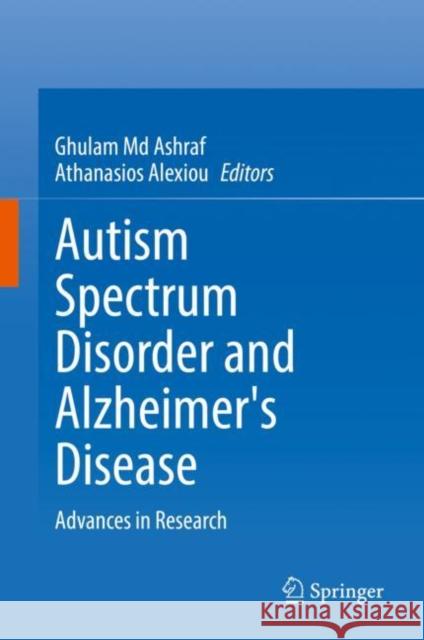Autism Spectrum Disorder and Alzheimer's Disease: Advances in Research » książka
topmenu
Autism Spectrum Disorder and Alzheimer's Disease: Advances in Research
ISBN-13: 9789811645570 / Angielski / Twarda / 2022 / 325 str.
Autism Spectrum Disorder and Alzheimer's Disease: Advances in Research
ISBN-13: 9789811645570 / Angielski / Twarda / 2022 / 325 str.
cena 923,70
(netto: 879,71 VAT: 5%)
Najniższa cena z 30 dni: 886,75
(netto: 879,71 VAT: 5%)
Najniższa cena z 30 dni: 886,75
Termin realizacji zamówienia:
ok. 22 dni roboczych.
ok. 22 dni roboczych.
Darmowa dostawa!
Kategorie BISAC:
Wydawca:
Springer
Język:
Angielski
ISBN-13:
9789811645570
Rok wydania:
2022
Wydanie:
2021
Ilość stron:
325
Oprawa:
Twarda
Wolumenów:
01











